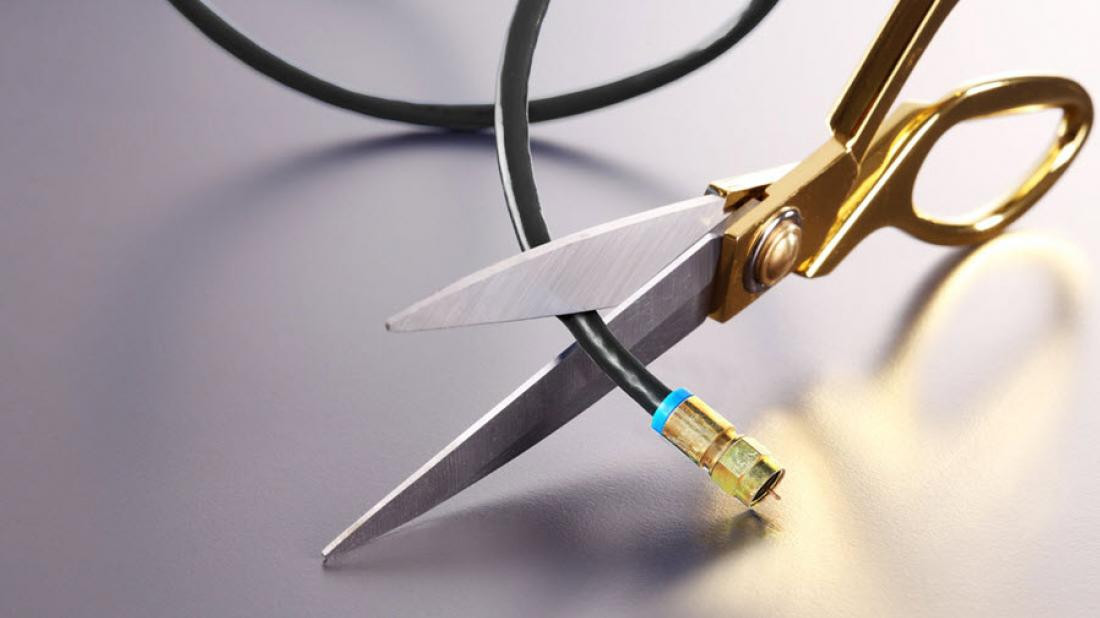Pay-TV Losses to Get Worse Over Next Few Years, S&P Global Projects
The trend of cord-cutting could have a negative impact on the TV sector’s credit quality

NEW YORK—To predict that pay-TV subscribers numbers will continue to drop as streaming services and other direct-to-consumer services entice people to cut the cord is not a reach, but S&P Global Marketing Intelligence takes it a step further saying that the loss of pay-TV over the next few years will negatively impact the U.S. TV sector’s credit quality.
The rate of pay-TV subscription loses, while still worse than 2019 (7.3%), slowed in 2020 (7.9%), thanks in large part to a dip in the second half of 2020. However, S&P estimates subscription losses will return to the levels they were in the first half of 2020.
The cable sector is projected to see a loss rate of 6.6% of its subscriptions in 2021, which is up from 4.6% in 2020. Larger cable operators are seeing a two point increase from 3.8% to 5.8% year-over-year. Midsize (9% to 10%) and small operators (actually seeing a marginally smaller rate of loss, from 10.8% to 10.5%) will not move the needle as much. All of those numbers are expected to remain steady into 2022.
S&P believes that this increased pace is likely to continue because the cable sector is “increasingly indifferent as to whether unprofitable customers get their video service from cable companies or a third-party service.”
Satellite’s rate of losses are expected to decrease, according to S&P, having been at 11.2% in 2020 and a projection of 10.1% in 2021 and 10% in 2022. It credits Dish’s focus on key rural subscribers, but S&P questions the long-term sustainability of this trend. Things like rate increases and churn could impact it as life normalizes.
DirecTV, meanwhile, which plays in more urban and suburban markets, has not leveled off as S&P had originally thought it might, maintaining its 15% pace of subscriber loss.
Then there’s Telco. Despite several Telcos offering cloud-based TV services, S&P estimates that its rate of subscribers losses will jump from 13.7% in 2021 to more than 38% in 2022, as many companies could be content to let their video customers churn over the next few years.
Get the TV Tech Newsletter
The professional video industry's #1 source for news, trends and product and tech information. Sign up below.
One bright spot for pay-TV in recent years has been the emergence of virtual pay-TV entrants, like YouTube TV and Sling TV. Still, S&P does not see these vMVPD services as long-term solutions for pay-TV. When first launched, many of these services offered low-priced, slimmed down offerings, but they are growing to become more like traditional pay-TV packages and the prices are starting to rise in reflection of that; i.e., YouTube TV’s price hike the last couple years.
These services should be able to continue growing over the next few years, however, because they do not require any equipment fees or contracts, S&P says. They do though have a greater monthly churn and their revenue streams are more volatile because of this, as well as the fact that some people sign up seasonally depending on things like sports.
Pay-TV’s decline could accelerate if sports make a stronger push toward streaming. The NFL, as part of its most recent broadcast rights deal, gave exclusive programming to Amazon and networks like CBS (Paramount+), ESPN (ESPN+) and NBC (Peacock) will offer some of their NFL games on the streaming platforms. If or when more sports follow suit, it could hasten the cutting of traditional linear TV subscriptions.
Also, the expansion of broadband into more rural areas will help make streaming options more viable for those markets, also contributing to greater adoption of streaming services.
While certain broadcast TV elements like local TV and broadcast networks will help to keep traditional pay-TV key to many consumers, and can differ depending on the broadcast sector, the current rate of cord-cutting is an overall negative for the entire TV media sector’s credit quality, S&P concludes.
